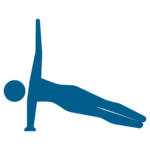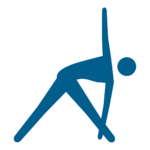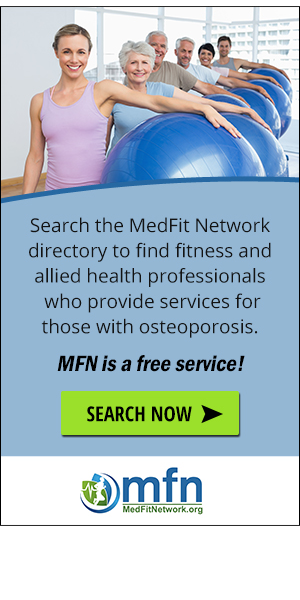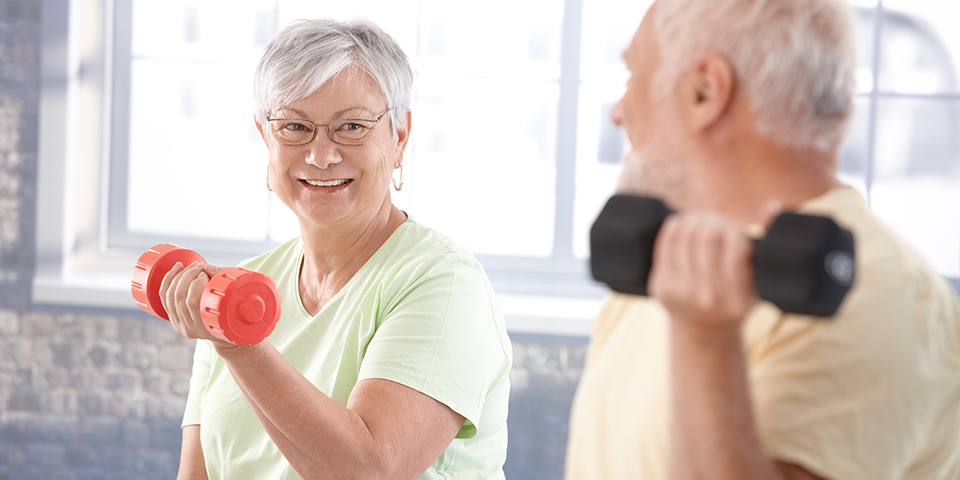
There are two types of exercises that are important for building and maintaining bone density: weight-bearing and muscle-strengthening exercises.
Weight-bearing Exercises
These exercises include activities that make you move against gravity while staying upright. Weight-bearing exercises can be high-impact or low-impact.
High-impact weight-bearing exercises help build bones and keep them strong. If you have broken a bone due to osteoporosis or are at risk of breaking a bone, you may need to avoid high-impact exercises. If you’re not sure, you should check with your healthcare provider.
Examples of high-impact weight-bearing exercises are:
- Jumping rope
- Jumping jacks
- High-impact aerobics
- Jogging/running
- Hiking on hills or mountains
- Dancing
- Stair climbing
- Tennis
Low-impact weight-bearing exercises can also help keep bones strong and can be a safe alternative if you cannot do high-impact exercises. Examples of low-impact weight-bearing exercises are:
- Brisk walking on a treadmill or outside
- Hiking on level surfaces
- Elliptical training machines
- Stair-step machines
- Low-impact aerobics
Muscle-Strengthening Exercises
These exercises include activities where you move your body or a weight against gravity or some other resistance. They are also known as resistance exercises and include:
- Lifting weights
- Using weight machines
- Using elastic exercise bands
- Lifting your own body weight such as with squats and lunges
- Functional movements such as moving from sitting to standing or standing and rising up on your toes
Exercising in correct body position is always important, especially if you have osteoporosis and are at increased risk of fracture. Working with your healthcare provider or an exercise specialist can help you to exercise in safe positions.
Preventing Injury and Moving Safely
For people with osteoporosis or an increased risk for fracture, preventing falls is a key concern. It is also important to avoid unintentional injuries, especially those of the spine (vertebrae), which may occur with everyday activities. The following video series shows how simple changes can be made to help keep you safe, healthy, and active.
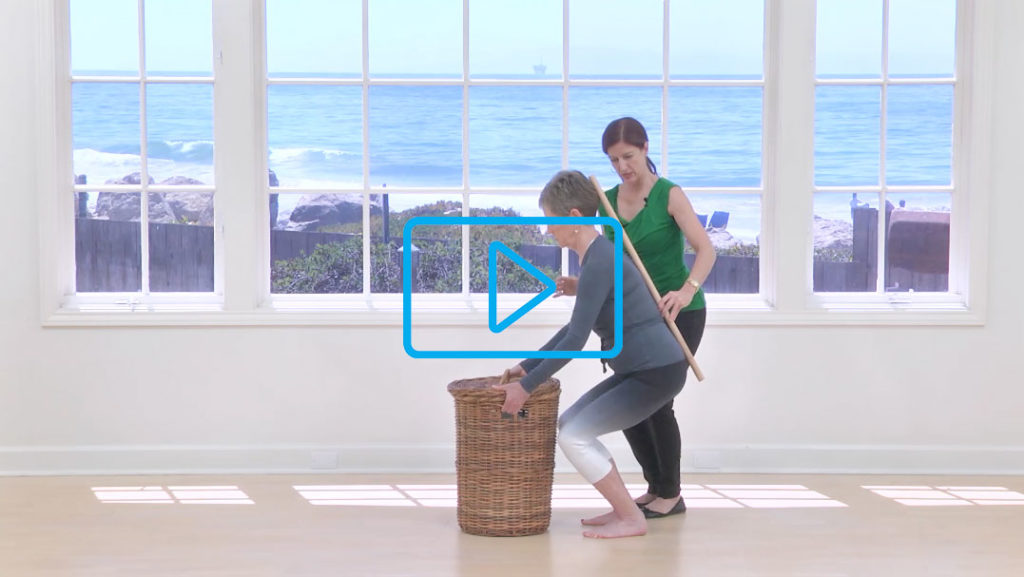
Do you want to do yoga or pilates and you have osteoporosis? Download the fliers below for information on which exercises are recommended and which exercises you should avoid.
BHOF gratefully acknowledges Pilates Anytime and Sherri Betz, PT, GCS for the production of the videos and flyers.
![]()
Last reviewed 10/24/2023
